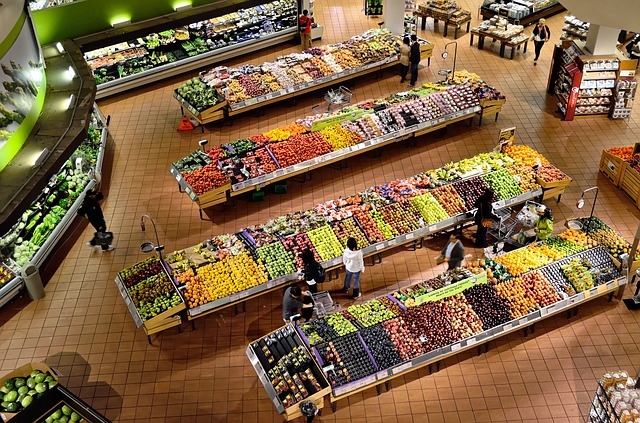This post is sponsored by Acosta.
Growing consumer demand for natural and organic products has spurred a transformation in the food industry. Specialty natural/organic retailers are on the rise and mainstream retailers are putting more natural and organic products on the shelf as manufacturers make such products a bigger part of their portfolios and invest in consumer education to appeal to health-conscious shoppers.
We interviewed Colin Stewart, senior vice president of Acosta Insights, Center for Shared Business Intelligence, about which shopper categories are driving the increasing demand for natural and organic products and how the trend creates opportunities for retailers and manufacturers.
What is driving increasing demand for natural and organic products?
Shoppers have overall become more focused on living a more healthful life, with many viewing food as medicine. The demand for natural/organic products is primarily driven by millennials who spend a lot of time researching and educating themselves about what they eat as well as parents who want to feed their children nutritious foods.
What categories and products drove consumers’ rising interest in natural and organic over the past decade?
The move to offer natural/organic products started in the produce category, so for the majority of shoppers produce was their “gateway” category. As shopper interest continued to rise with natural/organic produce, offerings began to spread in the perimeter of stores with the dairy and meat categories. In the last few years, interest has continued to expand and has shifted toward center store categories led by juice, snacks, cereal/oatmeal and cooking oils.
What are the leading products and categories in the natural and organic segment today? For which products are consumers most willing to pay more for natural and organic?
Fresh products including produce, meat and dairy continue to be the leading categories in the natural/organic segment, but this is subject to change as interest and availability grows in other categories. Consumers are most willing to pay more for these categories as well but as more manufacturers enter the natural/organic arena and offerings increase the willingness to pay a premium will expand. As an example, of shoppers that purchase natural/organic, 64% are willing to pay more for produce and 46% are willing to pay more for juice.
How does increasing demand for natural and organic products create opportunities for mainstream retailers? How does it create challenges?
There is a wealth of opportunity for mainstream retailers to capitalize on the increased natural/organic demand, especially in an overall flat environment. The ability to attract these shoppers via expanded natural/organic assortment, competitive pricing and using natural/organic as a differentiator is key. Retailers have a considerable opportunity to drive more foot traffic from the two key natural/organic purchasers — millennials and families.
Likely the largest challenge is the aggressive competition from all different kinds of retailers and figuring out the right mix and approach to capture these shoppers.
How are manufacturers using labels and packaging to educate consumers about their organic and natural offerings and make sure they have a complete understanding of what those designations mean?
In a world in which conflicting studies abound, shoppers rely heavily on product packaging to understand the facts. Packaging is the No. 1 source for information on natural/organic products, so it is imperative that manufacturers design their labels to be educational and factual. The amount of information a manufacturer can put on their packaging is finite, but many retailers are also using signage to promote education and drive awareness.
Colin Stewart is senior vice president of Acosta Insights, Center for Shared Business Intelligence.
_______________________________________________
If you enjoyed this article, join SmartBrief’s email list for more stories about the food and beverage industry. We offer 20 newsletters covering the industry from restaurants to food manufacturing.
